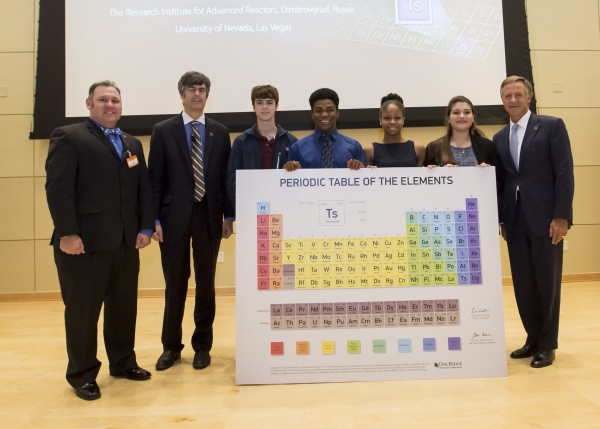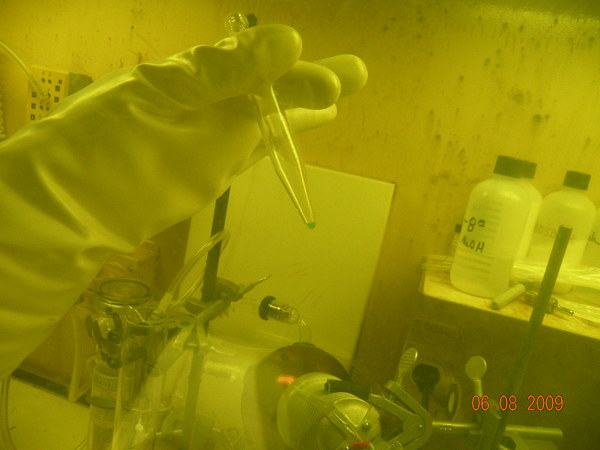
Five people won Muddy Boot Awards this year. In the top row, from left, they are Tom Ballard, David Bradshaw, and Sue Cange. In the bottom row are David Millhorn, left, and Ken Rueter.
Five people received Muddy Boot Awards this year. They include scientists, business leaders, government officials, and a man who has done a little of everything during his career, a press release said.
Here are the winners of the 2017Â Muddy Boot Awards, which are from the the East Tennessee Economic Council:
- Tom Ballard, who has had three careers—with the University of Tennessee, Oak Ridge National Laboratory, and now Pershing Yoakley and Associates, and still finds time to “spread the gospel of innovation” with his daily Teknovation.biz newsletter.
- David Bradshaw, another multi-tasker who has worked at the Y-12 National Security Complex, Technology 2020, and most recently Pinnacle Financial Partners, and who has also served as the mayor of Oak Ridge and chairs of dozens of community causes.
- Sue Cange, whose career with the U.S. Department of Energy saw her rise from a new employee in the environmental management program to the acting head of that same program before joining the faculty at Vanderbilt University this fall and who, in many ways over the years, enabled the reindustrialization program at the East Tennessee Technology Park site.
- David Millhorn, senior vice president of the University of Tennessee and a leader in the revitalization of both the university system and the Oak Ridge National Laboratory.
- Ken Rueter, president of URS | CH2M Oak Ridge (UCOR), a relative newcomer to East Tennessee who brings energy to everything he does, whether it be the environmental stewardship programs at ETTP or his work building hiking and biking trails while supporting the Foothills Land Conservancy and the East Tennessee Children’s Hospital.
“The one common trait in these five individuals,†ETEC President Jim Campbell said, “is the passion they bring in their own way to the work they do. Their dedication is infectious, and it makes everyone around them better. Clearly each person has made East Tennessee a better place to work, to play, and to thrive.†[Read more…]







